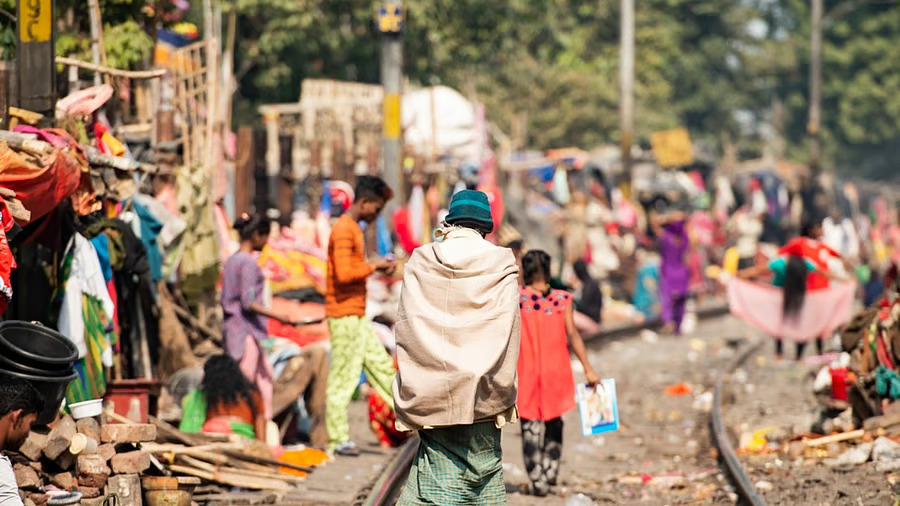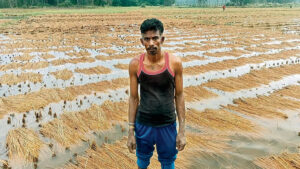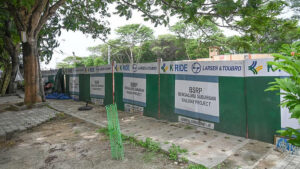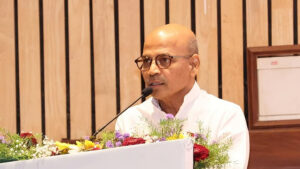India’s latest recalibration of its poverty figures has drawn widespread attention — not just for the steep decline in numbers, but for the implications it holds for governance, policymaking, and the country’s socioeconomic trajectory. According to recent estimates, the number of Indians living in poverty has fallen sharply from 129 million to 75 million. This dramatic shift has sparked debates among economists, policymakers, and observers worldwide: Is this truly a sign of progress, or is there more beneath the surface?
Let’s explore the nuanced dynamics behind this significant poverty recount and what it means for India’s development narrative.
The Drop: What the Numbers Say
The revised figures suggest that India has seen a drop of nearly 54 million people from the poverty bracket within a relatively short period. This adjustment reflects improvements in income levels, consumption patterns, access to services, and government intervention programs. The recalibration is part of a broader narrative that India is progressing toward becoming a middle-income country and eventually, a developed economy.
But what has driven such a notable shift?
1. Methodological Changes: The Statistical Core
One of the primary factors behind the revision is the change in methodology used to measure poverty. Traditional definitions of poverty relied heavily on calorie intake or fixed income thresholds. However, these are increasingly seen as inadequate in capturing the complex realities of deprivation.
Recent methods include Multidimensional Poverty Index (MPI) assessments, which consider factors such as:
-
Access to clean drinking water
-
Sanitation
-
Electricity
-
Housing quality
-
Education
-
Health care
Under this broader framework, many households that may have once been considered “poor” based solely on income are now recognized as having improved living standards due to increased access to essential services.
2. Government Welfare Schemes: A Powerful Influence
The past decade has seen an explosion of targeted welfare initiatives, particularly aimed at rural and vulnerable populations. Some of the major schemes believed to have played a role in poverty reduction include:
-
PMAY (Pradhan Mantri Awas Yojana): Boosting rural housing.
-
Swachh Bharat Abhiyan: Improving sanitation coverage.
-
Ayushman Bharat: Expanding healthcare access to the underprivileged.
-
Ujjwala Yojana: Providing clean cooking fuel to women from poor households.
-
Jan Dhan Yojana: Pushing financial inclusion and direct benefit transfers.
These programs, when implemented effectively, have made a measurable difference in improving the material conditions of millions of Indians.
3. Growth and Consumption Trends
Another significant factor is economic growth, even if uneven. While not all segments have benefited equally, increased employment opportunities, particularly in urban and semi-urban areas, have led to higher disposable incomes and improved consumption standards.
Additionally, digital penetration has allowed even low-income households to access platforms for learning, banking, and earning. The gig economy, small-scale entrepreneurship, and micro-loans have helped pull some households out of extreme poverty.
4. COVID-19’s Complex Impact
Initially, the pandemic was expected to increase poverty levels, given the job losses and disruptions. However, paradoxically, the crisis accelerated certain reforms and expanded the social security net.
-
Emergency cash transfers
-
Free rations through the PM Garib Kalyan Anna Yojana
-
Boosts in MNREGA (rural employment guarantees)
All these measures cushioned the most vulnerable from sliding deeper into destitution. While the long-term effects are still being analyzed, short-term relief may have contributed to the surprising improvement in poverty figures.
5. Focus on Rural Infrastructure and Services
Rural India, where most of India’s poor reside, has seen notable improvements in:
-
Road connectivity
-
Electrification
-
Mobile access
-
Internet availability
These infrastructural developments have opened up new economic opportunities and reduced the urban-rural divide. Education, healthcare, and employment services are slowly becoming more accessible, reducing multidimensional poverty metrics.
Caveats and Criticism: Is the Picture Too Rosy?
While the numbers offer hope, experts caution against over-optimism.
-
Data Lag and Reliability: India has not had a comprehensive Consumption Expenditure Survey since 2011–12. Some of the revised estimates are based on projections and modeling, rather than fresh, large-scale field data.
-
Regional Disparities: Certain states continue to bear the burden of high poverty levels, especially in the tribal belts of central and eastern India. Improvements may be patchy and uneven.
-
Underemployment and Wage Stagnation: Even as people move out of extreme poverty, many remain vulnerable, lacking stable income, social security, or asset ownership.
-
Multidimensional Inequality: Access to health, education, and opportunity remains deeply unequal, particularly for women, Dalits, Adivasis, and minorities.
Thus, while poverty levels may have reduced statistically, vulnerability persists for many.
Implications for Policymaking
The drop in poverty figures—if sustained—has profound implications for policy direction:
-
Shift from Survival to Empowerment: The state can begin focusing more on economic empowerment, skill-building, and quality education, rather than just subsidies and food security.
-
Redefining Target Groups: With poverty redefined, new beneficiary profiles must be created for welfare targeting.
-
Better Data Collection: There is a pressing need to resume regular large-scale surveys that reflect ground realities. Real-time poverty monitoring systems could also be considered.
-
Urban Poor & Migrant Support: As urban migration increases, urban poverty needs a separate, nuanced policy lens beyond rural-centric schemes.
India’s Long Road Ahead
Despite this positive recalibration, India is still home to 75 million people in poverty — a figure larger than the entire population of many countries. Eradicating poverty remains a colossal challenge, especially amid global uncertainties, climate change, and inflationary pressures.
However, the decline from 129 million to 75 million—if accurate—marks a turning point. It suggests that large-scale poverty reduction is possible through integrated, sustained, and inclusive development strategies.
The challenge now is to ensure that this progress does not stall or reverse — and that no one is left behind in the quest for prosperity.
Sponsored
FACTS Transcripts
Apply for a University document anywhere
https://www.factstranscript.com
Quick Transcripts for popular Universities, check your University name now and get started. We help you to get your transcript application online which is accepted for use of IRCC.
No DD, NO Paperwork. 100% Authentic, Reliable.
FACTS Transcripts Charges · Reviews · Assam Universities · Home · Know your University










